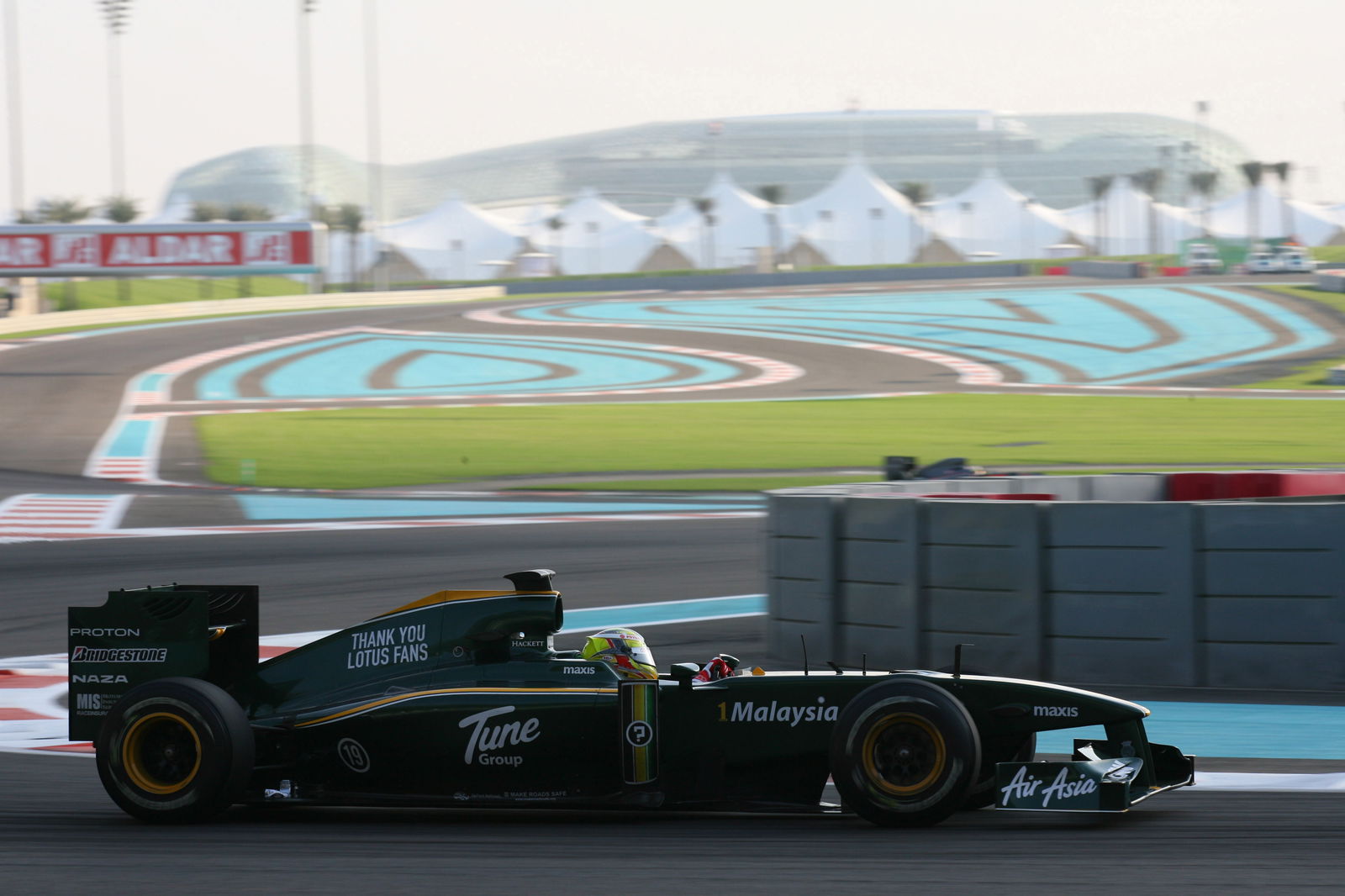The Safety Car

The Malaysian Grand Prix holds the unique distinction of being the only Grand Prix circuit at which the Safety Car has not been officially deployed in the past ten years - in spite of often unpredictable weather conditions. With Mercedes-AMG once again supplying both the Official F1 Safety Car and Official F1 Medical Car for 2012 - the 17th season in which it has done so - it's the perfect opportunity to look at how often this race-changing factor comes into play...
How much was the Safety Car used in 2011?
Last season saw the Safety Car deployed for 4.9 per cent of the season - a total of 12 deployments, over seven races, for 61 laps or 284.3 kilometres. This compares to 21 deployments in 12 races in 2010, for a total of 7.8 per cent of the season over 452.3 kilometres. This reduction was in spite of a significant increase in on-track overtaking through the combination of the Pirelli tyres and DRS rear wing system. However, while there was an overall reduction in Safety Car deployments, the 2011 Canadian Grand Prix featured five Safety Car phases over 32 laps, or 139.6 kilometres: this represented 45.7 per cent of the race distance, a record in Formula One.
Which races feature the highest and lowest probabilities of Safety Car deployment?
The races with the highest historical probability of Safety Car deployment are in Singapore and Korea: every race held at these venues has seen at least one deployment (four races in Singapore, two in Korea). Canada (14 deployments in last nine races) and Monaco (13 deployments in last ten races) also feature prominently. As for the lowest likelihood, aside from the Indian circuit which has only hosted a single race, this is in Malaysia (no official deployments in the past ten years), Bahrain (one deployment in seven races) and Hungary (two deployments in last ten races).
Wasn't the Safety Car deployed during the 2009 Malaysian Grand Prix?
The Safety Car was indeed deployed on lap 32 of the race, before the event was red flagged on lap 33. However, the official race results only run to lap 31, so the Safety Car deployment is not considered for statistical purposes.
Which cars are used for the Official F1 Safety Car and Official F1 Medical Car?
The Official F1 Safety Car is the SLS AMG, with a 6.3-litre V8 engine developing a peak output of 420 kW (571 hp) at 6800 rpm and maximum torque of 650 Nm at 4750 rpm. The engine, power train, suspension and braking system of the Safety Car are the same as those found in the standard production SLS AMG. The Official F1 Medical Car is the C 63 AMG Estate, which produces 358 kW (487 hp) - an extra 30 hp compared to the standard model thanks to forged pistons, connecting rods and lightweight crankshaft from the SLS AMG. These components are three kilograms lighter than standard. The first Mercedes-AMG Safety and Medical Cars were the C 36 AMG, which was first used in 1996, although an AMG E-Class Coupe was occasionally used as the Medical Car as early as 1984.
Feature supplied by Mercedes AMG Petronas
